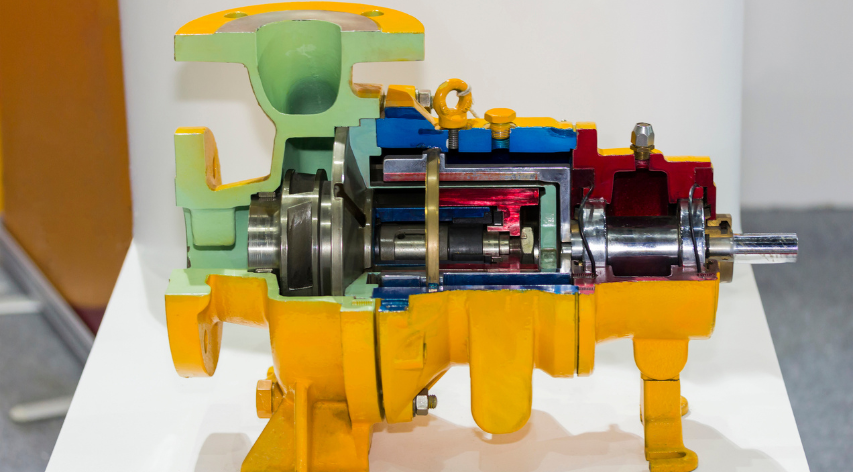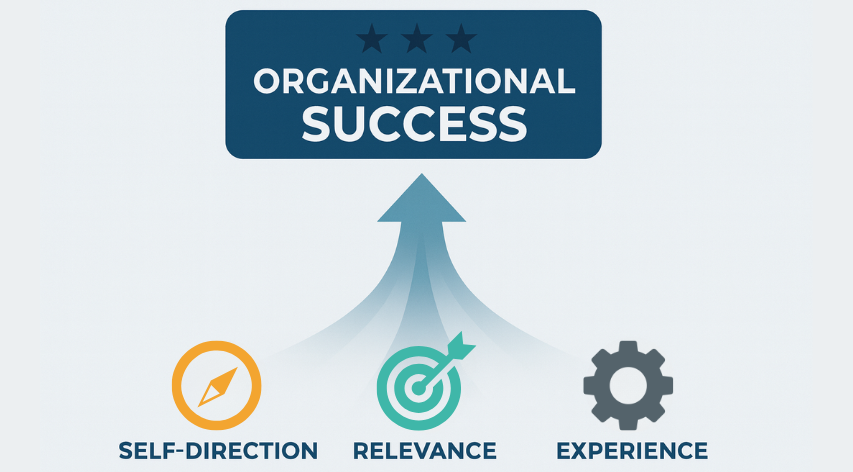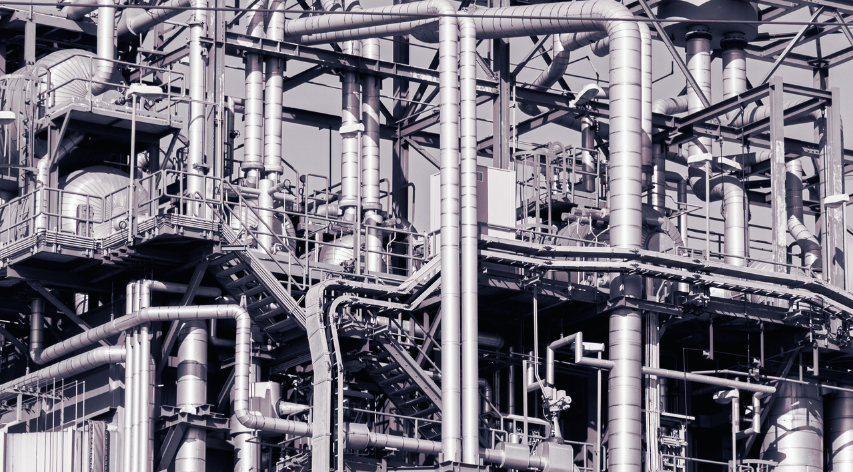Requirements for an ASME Section VIII, Division 2 UDS – Part 2 of 2
Since the introduction of ASME Section VIII, Division 2 in 1968, a design basis document called a Users Design Specification (UDS) has been a Code requirement. The original requirements from 1968 were rather sparse. So, when Division 2 was re-written and issued in 2007, it was decided to expand the requirements to encompass all of the necessary design inputs.
For the 2010 ASME PVP Conference, I co-wrote a paper that described in great detail what these new requirements are. Even more important than these new requirements is the multi-disciplinary approach that is required to adequately achieve these requirements. This is a two-part blog post: part one focused on the requirements (and some discussion about formatting) and part two focuses on the multi-disciplinary approach.
Based on the significant number of requirements that are required to go into a UDS, it is no surprise that your typical Pressure Vessel Engineer should not be expected to know all of this information. In fact, it takes a team of engineering professionals to put together a good UDS. Although the Pressure Vessel Engineer can and should lead this team, the team members will include:
– Process Engineering (can include the Process Licensor)
– Civil/Structural Engineering
– Materials/Metallurgy Engineering
– Piping Engineering
– Operations/Maintenance
– Transportation/Logistics
In the first post, I discussed the requirements, detailed by the section of the UDS. I will maintain this format, but will focus on which disciplines are needed.
A) Installation Site
The Pressure Vessel Engineer is typically responsible for understanding jurisdictional requirements, but may need to involve Project Management if there is no jurisdiction and insurance rules govern. The environmental conditions are typically managed by the Civil/Structural Engineering group, and so is typically obtained from them
B) Vessel Identification
The identification of the vessel is obtained from the P&ID, which in most organizations is controlled by the Process Engineering group. This group is also responsible for fluid properties, so this information should also be obtained from them. In certain circumstances, the Process Licensor may also provide this information. Detailed discussions with the Process Engineering group and/or the Process Licensor are often required to ensure that the fluid properties are established for all operating scenarios experienced by the vessel.
C) Vessel configuration and controlling dimensions
While some of this information may be obtained from the P&ID, detailed dimensional requirements will require input from the Process Engineering and Piping disciplines. The Process Engineering group will have made the determination on whether the vessel is horizontal or vertical, based on their requirements.
The decision about the support method is a complex one involving the Pressure Vessel Engineer, the Civil/Structural and Process Engineering groups. The input from the Process Engineering group will dictate the elevation of the vessel. This will influence whether the vessel is supported from grade or in an elevated structure. If it is at grade, the choices are usually saddles or legs vs. skirt. If it is in an elevated structure an additional choice is the use of lugs which may be situated almost anywhere on the vessel. The specific support arrangement will not only influence the installed cost but also the design parameters of the vessel. The anchor bolt locations, underlying support beam details (if in a structure), and whether or not friction reducing pads beneath the support are required, are design considerations that will need to be established with the Civil/Structural Engineering group.
D) Design Conditions
The specified design pressure and design temperature are usually provided on the process P&ID. However, experience has shown that only one set of conditions is typically presented on the P&ID. Additional discussions with the Process Engineering group will be necessary to determine if other pressure/temperature combinations apply and if there are gradients along the vessel that must be considered.
The selection of the MDMT is usually a multi-disciplinary task, with the Process Engineering group, the Civil/Structural Engineering group, the Materials/Metallurgy Engineering group, and the Pressure Vessel Engineer making the appropriate determination. Factors such as auto-refrigeration (at a specified design pressure) require input from the process engineering group. The Civil/Structural Engineering group provides the environmental conditions that could impact the MDMT. Finally, the Materials/Metallurgy Engineering group provides feedback to ensure that the material selection is appropriate for a particular MDMT.
The dead/live loads may be generated from a variety of sources. Wind and earthquake loads are addressed in 2.2.2.1.a) 3). However, attached piping loads need to be provided by the Piping Engineering group. If there are platforms attached to the vessel a significant effort may be necessary to obtain those dead and live loads. Since the platforms are typically used for operations and maintenance access to the vessel either during operation or during maintenance, the input of these groups is vital. For example, if a large piece of equipment such as a welding machine is required at or near a manway during a maintenance activity, it will need to be determined if it will be in-place when the vessel is de-pressurized or in operation.
E) Operating Conditions
This information is rarely if ever obtained directly from the P&ID. Discussions with the Process Engineering group are more typically required to define these conditions and obtain the necessary fluid property and flow information. The Pressure Vessel Engineer should understand the consequences of fluid and/or thermal transients so that the end result of these discussions is the determination of all necessary information for inclusion in the UDS.
F) Design Fatigue Life
In order to perform the fatigue screening analysis, the Pressure Vessel Engineer must interface with the Process Engineering group. As with the establishment of the process fluid properties and associated operating scenarios, these discussions must go to some depth to ensure that the actual cycles experienced by the vessel are accurately detailed for use in the fatigue screening analysis.
G) Materials of Construction
Significant interaction with the Materials/Metallurgy Engineering group and the Process Engineering group is mandatory to determine this. While the responsibility for this sub-paragraph is typically delegated to the Materials/Metallurgy Engineering group, the Pressure Vessel Engineer should ensure that the recommended guidance is followed.
H) Loads and Load Cases
As with many of the UDS development efforts, determination of the vessel loads and load cases will likely be a multi-disciplinary activity. The Pressure Vessel Engineer must have a clear understanding of the loads and load case combinations in Part 4 and Part 5. Additionally, the failure modes described in Part 5 must be carefully considered in evaluating the specific load case combinations.
I) Overpressure Protection
Typically, this information will be provided in the P&ID, however discussions between the Pressure Vessel Engineer and the user may be required to formally capture 2.2.2.1.i)2) in the UDS. The user is ultimately responsible for ensuring that the overpressure protection provided complies with the requirements of Part 9.
Additional Requirements
Most of these issues will not be found on a P&ID, but rather through discussion with all of the appropriate engineering groups. Of specific interest are the erection loadings. The majority of vessels are shop-fabricated and field installed. Therefore, properly defining the erection loading is critical to ensuring that the vessel will not be permanently damaged during erection. Although not specifically noted here, I also recommend the inclusion of transportation loads. There have been situations that I am aware of where the transportation loads have been the governing case for the thickness of certain vessel parts. Here, the logistics and transportation groups will need to be involved to provide their input.
Certification of the UDS
The successful development of an accurate UDS is a multi-disciplinary effort that requires detailed communication and discussions. Therefore, I consider it good practice to have a representative from each discipline sign the UDS certification indicating they are responsible for providing the information specific to their respective discipline and as required by the Code. Obviously, the Pressure Vessel Engineer will be the primary engineer to certify the UDS.
Change Management of the UDS
As you can see from this post, a properly developed UDS requires a multi-disciplinary approach for successful determination of the vessel design basis. In addition to obtaining the required information for the UDS, the Pressure Vessel Engineer must ensure that the various disciplines, from the Civil/Structural, Process, Materials/Metallurgy, and piping engineering groups, among others, have provided the latest information respectively as relates to their roles in the vessel design. The UDS, as with many design documents, may be subject to design development changes provided the revisions are properly justified and noted through a suitable revision management system. It is the responsibility of the Pressure Vessel Engineer to co-ordinate and incorporate all applicable changes to the UDS and to ensure that the various disciplines and the vessel manufacturer are made aware of all changes.
I strongly recommended that the UDS be formally maintained in a document control system. A “squad check” review procedure is recommended to allow the disciplines to make comments and for the Pressure Vessel Engineer to accurately capture and assimilate the required information and changes. As with any document that drives the fabrication of the vessel, it is important to keep in mind that changes to the UDS may impact the vessel cost and schedule for delivery and this should be considered before making any changes.







